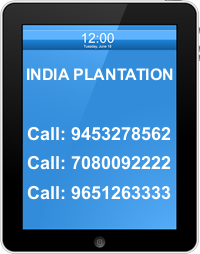Goose Berry Saplings Mulch the root area with organic matter, such as garden compost or bark chips, to conserve soil moisture. Watering is seldom required but in very dry spells water every 14 days. Container-grown gooseberries often struggle in dry conditions, so carefully monitor their watering.
In late winter, feed with a balanced granular fertiliser at 100g per sq m (31/2oz per sq yd). Avoid feeding the plants with too much nitrogen because this can encourage sappy growth, which is prone to gooseberry mildew.
To ensure good yields of large fruits you’ll need to prune and train gooseberries.
Plant bare-root gooseberries between late autumn and early spring, and container-grown plants at any time, avoiding waterlogged, parched or frozen soil.
Select two- to three-year-old bushes with a well-balanced head of three to five main branches and a clear stem of 10-15cm (4-6in). Cordons should have a good spreading root system.
Plant spacing
Bush plants: Space 1.2-1.5m (4-5ft) apart.
Cordons: Space gooseberry cordons 30-38cm (12-15in) apart. Plant each cordon tied to a 1.7m (51/2ft) bamboo cane that is secured to horizontal wires spaced 60cm and 1.2m (2ft and 4ft) apart.
See our advice on planting trees and shrubs for soil preparation and planting techniques.
Problems
Harvesting
Gooseberries will be ready for picking from early July – birds love the berries so protect the ripening fruit with fine gauge netting.
Gather green, under-ripe fruits for making jam, pies, tarts, and sauces in June, taking every other fruit, leaving the remainder to swell into ripe, sweet berries to gather in July.
Pick fully ripened berries carefully as they are soft and likely to burst. Excess fruit can be put into polythene bags and frozen.
Varieties
‘Invicta’ AGM: White culinary, good disease resistance.
Whinham’s Industry’ AGM:
Red dessert or culinary gooseberry. Tolerates heavy soil.
‘Leveller’ AGM:
Yellow dessert, good disease resistance.

